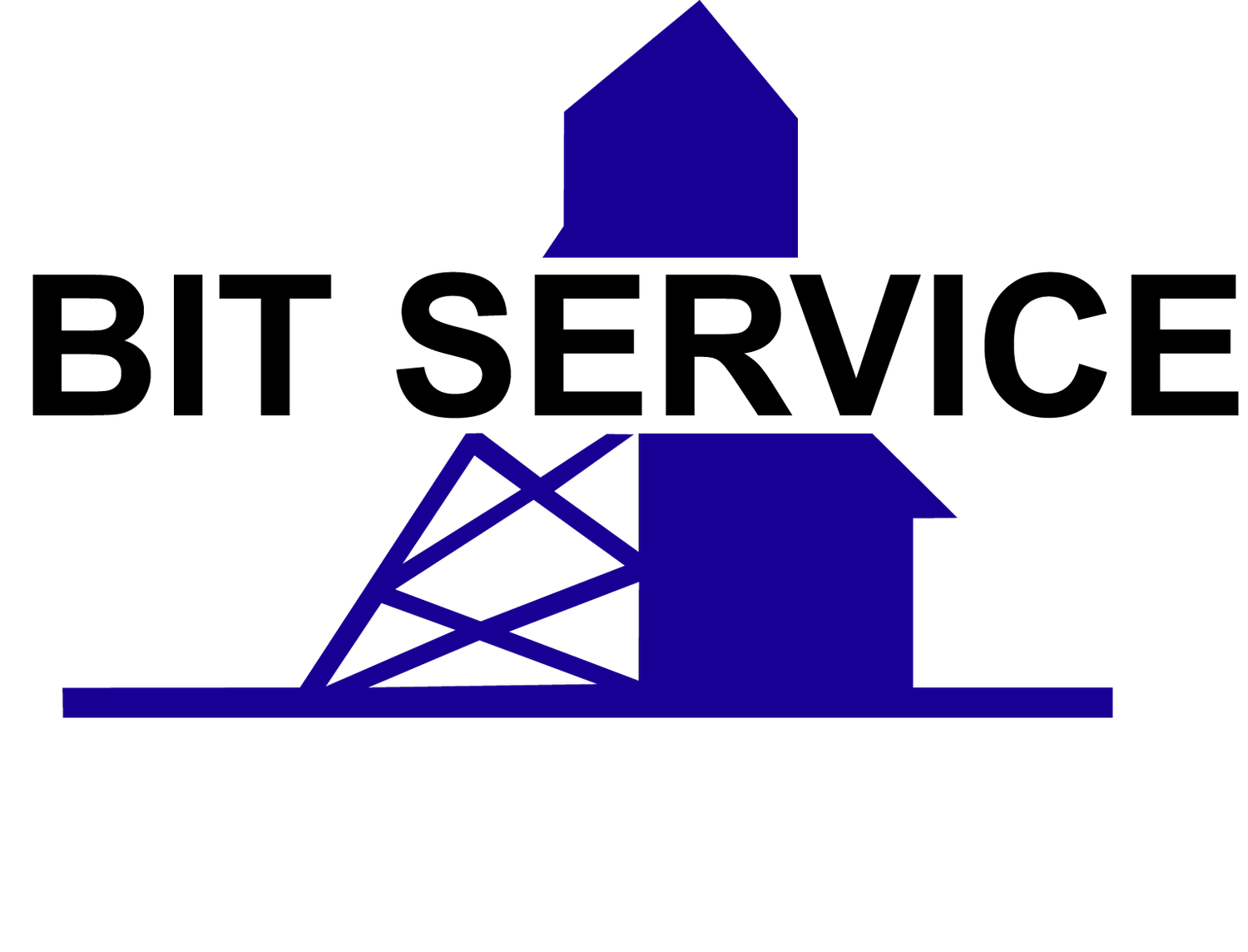What is Digital Design, and How Has it Evolved?
By: Andrew Grasdal
When you’re building something, you always need a plan. But it’s how that plan comes to life that has evolved over many years as design and engineering have evolved and brought new tools to the ever-changing industry. Years ago, a design was as simple as putting pen to paper and drawing what you envisioned. Now, tools like AutoDesk Inventor and SOLIDWORKS have created an industry-standard way to creating 3D models. These developments mean great innovations and developments for the manufacturing industry, making it easier to get clients exactly what they’re looking for.
What is digital design?
The name is pretty self-explanatory—as we mentioned, digital design is how the manufacturing design process has developed. Almost all design is now done on a computer in various forms. The programs that exist have become more and more user friendly, and the digital part of the design is doing a lot of work for the user.
What programs are available?
As little as two decades ago, AutoCAD, a 2D modelling program, was the industry standard. Like drawing out a plan, AutoCAD produced a digital drawing that you could print and view. Its name comes from the term computer-aided software (CAD) and auto because it automated several tasks that you would otherwise have to do manually, like comparing drawings, adding blocks, and more. Today, 3D modelling has become industry standard, with programs like Autodesk Inventor and SOLIDWORKS being used mainly in manufacturing. Viewing a 3D model makes it much easier to see where improvements can be made and visualize how a product would come together. It’s also possible to print 3D models when designing this way, which is an excellent tool for individuals who prefer to touch an item rather than interpret how it might look based on a 2D design.
Why is 3D modelling better?
When you put together a 2D model of a product, the work was more laborious and time-consuming. In an industry that is competitive and innovative, it’s essential to prioritize your time so that you can continue growing and learning without spending time unnecessarily. Overall, the 3D modelling is more user-friendly to visualize what the product might look like, which is excellent for sharing designs with clients. In a world where people are working from home, or even across the country from your location, using 3D modelling means they can understand it easier.
Digital design continues to develop significantly as the industry progresses. You’ll notice in other posts we discuss generative design, which is a great example of how modelling is innovating in ways we once thought impossible. Even having the ability to print a 3D model for a client is something that just wasn’t on the industry’s radar decades ago. At Bit Service, we’re committed to making sure we stay up to date on innovations and developments in the industry so we can always provide our clients with the best level of service possible. We’re always excited to see what comes next.
